Energy-Efficient Home Upgrades
As the global conversation around climate change intensifies and the pinch of rising energy costs becomes ever more acute, homeowners are increasingly looking towards energy-efficient upgrades to lessen their environmental impact and economize their utility expenses. This guide aims to shed light on the array of improvements that can bolster your home’s energy efficiency, subsequently reducing your carbon footprint and yielding savings on energy bills.
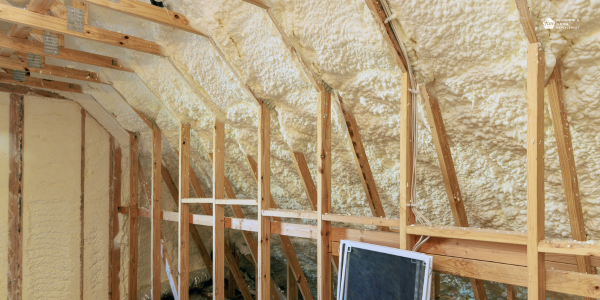
Insulation: The First Line of Defense
Insulation is a key factor in maintaining a comfortable home temperature throughout the seasons. Proper insulation helps keep the heat in during winter and out during summer, meaning less energy is needed to heat or cool your home. Upgrading your insulation could result in significant energy savings, especially in older homes.
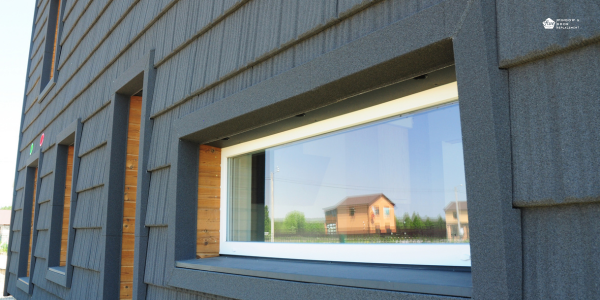
Windows: Your Clear Path to Efficiency
Window replacements with energy-efficient models can also make a notable difference. Modern double or triple-glazed windows come with insulating argon gas fills and low-emissivity coatings that reflect interior temperatures back inside, keeping your home warm in the winter and cool in the summer.
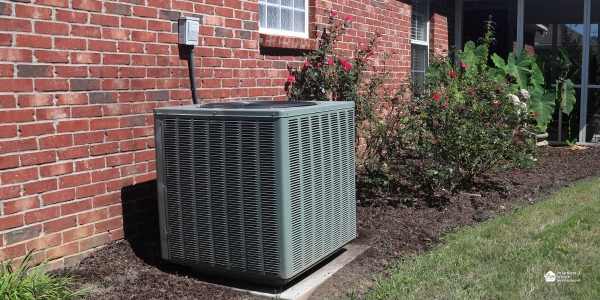
HVAC System: Central to Your Comfort
Heating, ventilation, and air conditioning (HVAC) systems account for a large portion of home energy use. Upgrading to a more efficient HVAC system can reduce this consumption dramatically. Consider systems with a high Seasonal Energy Efficiency Ratio (SEER) rating for air conditioners or an Annual Fuel Utilization Efficiency (AFUE) rating for furnaces.

Smart Thermostats: The Brainy Approach
Smart thermostats are a modern marvel in home energy efficiency. These devices learn your schedule and adjust the heating and cooling of your home accordingly. Some models even offer the convenience of remote control via your smartphone, optimizing your home’s energy use no matter where you are.
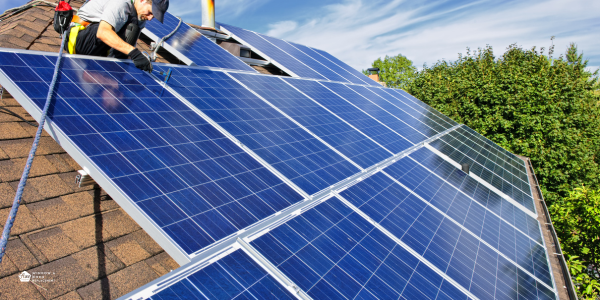
Solar Panels: Harness the Power of the Sun
Solar panel installation is a powerful step toward self-sufficiency and reducing your reliance on fossil fuels. While the initial investment can be considerable, the long-term savings on electricity bills and potential earnings from selling excess power back to the grid make solar panels an attractive option for many.
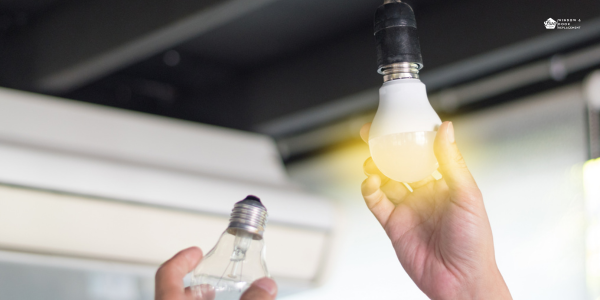
Lighting: A Bright Idea
Switching to energy-efficient lighting, like LED bulbs, is one of the simplest and most cost-effective changes you can make. LEDs use a fraction of the energy of traditional incandescent bulbs and have a much longer lifespan, meaning fewer replacements and less waste.

Incentives and Rebates: The Financial Incentive
To encourage energy conservation, various incentives or rebates are often available for homeowners making energy-efficient upgrades. These can include tax credits, cash rebates, or discounts on energy-efficient products. It's worth investigating what incentives are available in your locality as they can significantly offset the upfront costs of upgrades.
Healthy home
Making your home more energy-efficient is a win-win situation. Not only does it contribute to a healthier planet by reducing greenhouse gas emissions, but it also leads to financial savings through reduced energy costs. Assess your home, consider the upgrades mentioned above, and start making changes that will benefit both the environment and your wallet.

